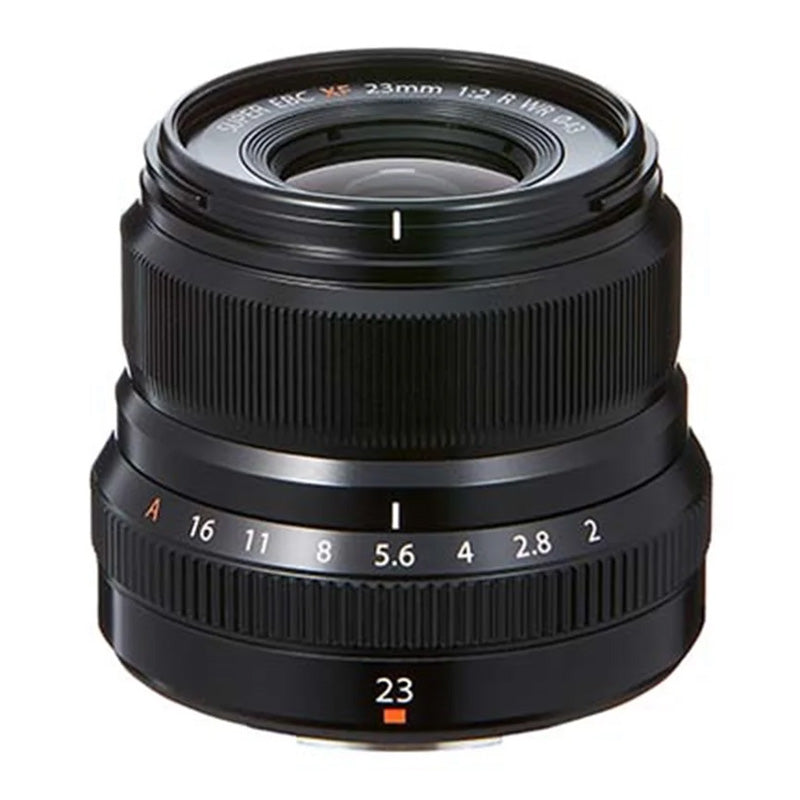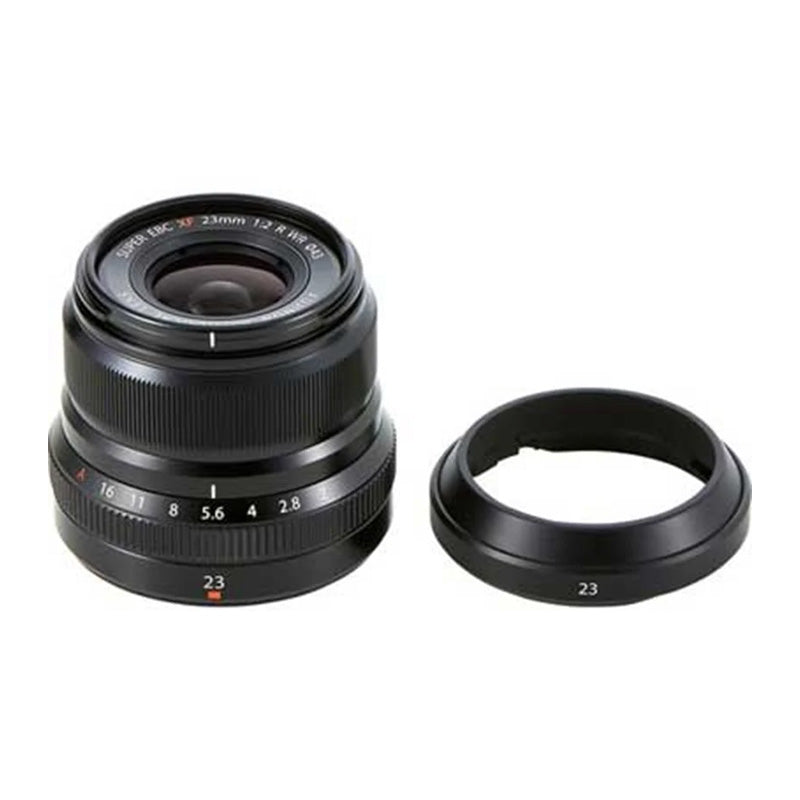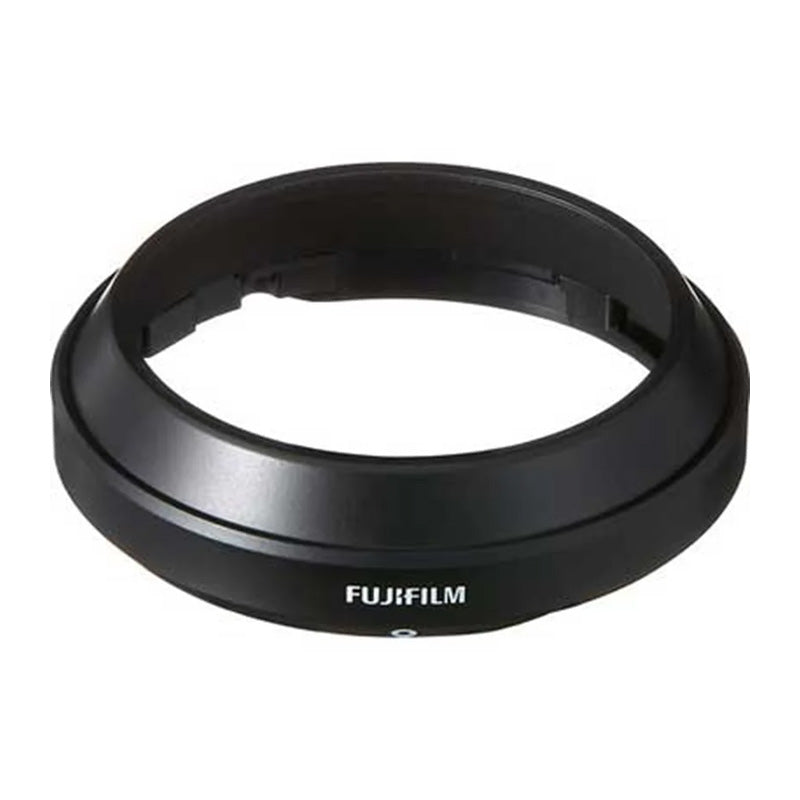Product Description
Fuji 23mm f2 R WR XF Wide Angle Prime Lens - Black: Your Perfect Companion for Everyday Photography
Compact and Versatile for Everyday Use
The Fuji 23mm f2 R WR XF Wide Angle Prime Lens in black is designed to be your ideal walk-around lens, perfect for capturing everything from dynamic street scenes to breathtaking landscapes. With a 35mm equivalent focal length on APS-C format FUJIFILM X-mount mirrorless cameras, this lens offers a natural field of view, making it incredibly versatile for a variety of shooting situations.

Key Features
- Compact and Portable: Lightweight and easy to carry, this lens is perfect for photographers on the go. Its compact design ensures it doesn't weigh you down, making it an excellent choice for travel and everyday use.
- Bright f/2 Maximum Aperture: The fast f/2 aperture excels in low-light conditions, allowing you to capture stunning images even in challenging lighting. It also provides excellent control over depth of field, enabling beautiful background blur and subject isolation.
- Superior Optical Design: Featuring two aspherical elements, this lens minimizes distortion and spherical aberrations, ensuring sharp, high-quality images with accurate rendering and exceptional detail.
- Enhanced Image Quality: A Super EBC (Electron Beam Coating) is applied to individual elements to reduce flare and ghosting. This results in improved contrast and color fidelity, particularly when shooting in bright or backlit conditions.
- Fast and Quiet Autofocus: Equipped with a stepping motor and an internal focusing design, the lens offers quick, quiet, and precise autofocus performance. This makes it ideal for both still photography and video applications.
- Weather-Sealed Construction: The lens is weather-sealed at multiple points to protect against dust and moisture, allowing you to shoot confidently in various weather conditions and temperatures as low as 14°F (-10°C).
- Beautiful Bokeh: A rounded nine-blade diaphragm contributes to a pleasing bokeh quality, enhancing the aesthetic appeal of your images by rendering out-of-focus areas smoothly.

Detailed Specifications
- Focal Length: 23mm (35mm equivalent in full-frame format)
- Aperture Range: f/2 to f/16
- Optical Design: 10 elements in 6 groups (including 2 aspherical elements)
- Autofocus: Stepping motor for fast, quiet, and accurate performance
- Minimum Focusing Distance: 22cm (8.7 inches)
- Filter Thread: 43mm
- Dimensions: 60mm x 51.9mm (diameter x length)
- Weight: 180g
- Weather Sealing: Dust and moisture-resistant, capable of operating at -10°C (14°F)

Why Choose the Fuji 23mm f2 R WR XF Wide Angle Prime Lens?
This lens strikes the perfect balance between portability, speed, and optical performance. Whether you're capturing the vibrant energy of city streets, the serenity of nature, or the intimacy of a portrait, the Fuji 23mm f2 R WR XF lens delivers exceptional results. Its fast aperture and advanced optical design ensure sharp, vivid images with beautiful background blur, while its weather-sealed construction guarantees reliability in any shooting condition.

Elevate Your Photography
Invest in the Fuji 23mm f2 R WR XF Wide Angle Prime Lens and experience the freedom to capture stunning images in any environment. With its blend of compact design, superior optics, and robust build, this lens is a must-have for any photographer seeking to elevate their craft.
Order Now and Unleash Your Creativity
Don’t miss out on the chance to enhance your photography with the Fuji 23mm f2 R WR XF Wide Angle Prime Lens. Order now and take the first step towards capturing the world with stunning clarity and vibrant color.
Fujifilm - General Product Safety Regulation (GPSR)
Payment & Security
Your payment information is processed securely. We do not store credit card details nor have access to your credit card information.





















